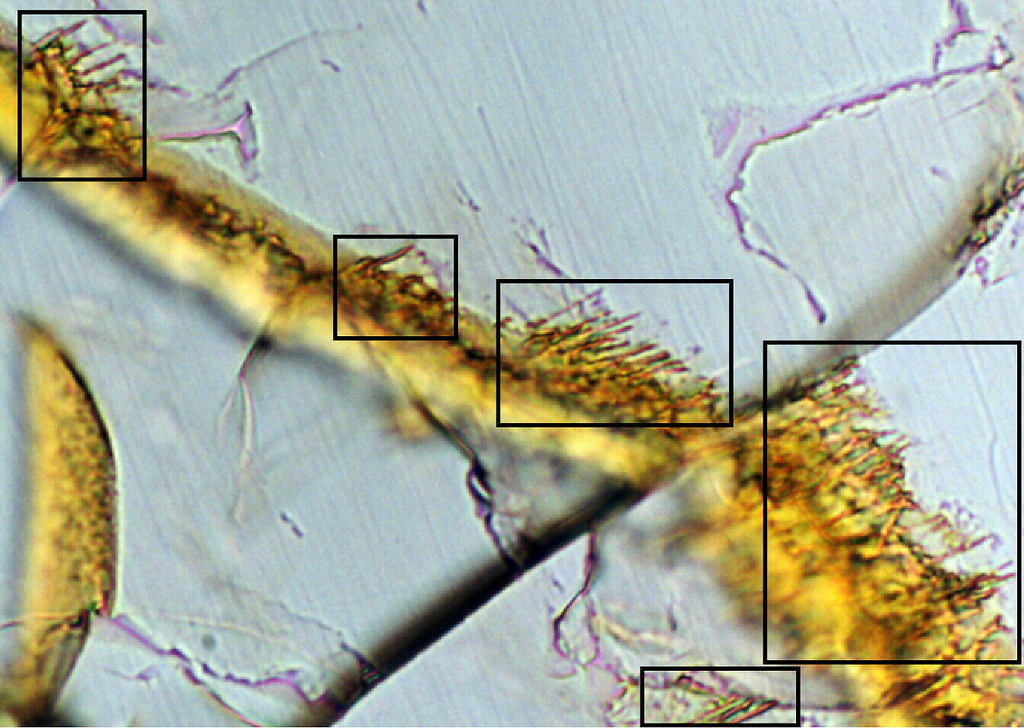New Mineral Hints at Livable Mars

A tiny, clay-filled bubble found in a Martian meteorite boosts the chances that Mars was habitable for life, according to a new study.
While scientists have not yet found proof that life exists on Mars, NASA's Curiosity rover has found evidence that the planet could have supported life in the past. Clay minerals discovered by the rover suggest liquid water, in rivers, lakes and streams, once flowed on Mars' surface.
The new study also discovered evidence for clay minerals on Mars, but the clues come from a Martian meteorite that fell in Egypt in 1911. [See Images of Martian Meteorites]
The Nakhla meteorite, named for its landing site, was launched from the surface of Mars 1.3 billion years ago. In crevices in the rock, minerals and sediments from Mars hitched a ride to Earth. These minerals provide clues to conditions on Mars in the planet's past. For example, clay minerals indicate the presence of water.
The results of the new study hinge on a newly identified, oval-shaped void filled with iron-rich clay. The ovoid resembles fossil bacteria, but the researchers conclude that the hollow didn't arise from biological materials. Instead, it's probably the result of geologic processes, such as water percolating through the rock.
The bubble is filled with several kinds of clay, including smectites, iron oxides and iron sulfides. A similar suite of clays was discovered by the Curiosity Rover, the authors note.
The findings were published July 21 in the journal Astrobiology.
Get the world’s most fascinating discoveries delivered straight to your inbox.
In 2006, a separate study reported that microscopic tunnels in the Nakhla meteorite mimic the size and shape of tunnels left by bacteria on Earth when they burrow through rock. These features seem to have formed before the rock was blasted off the Red Planet.
Email Becky Oskin or follow her @beckyoskin. Follow us @livescience, Facebook & Google+. Original article on Live Science.

